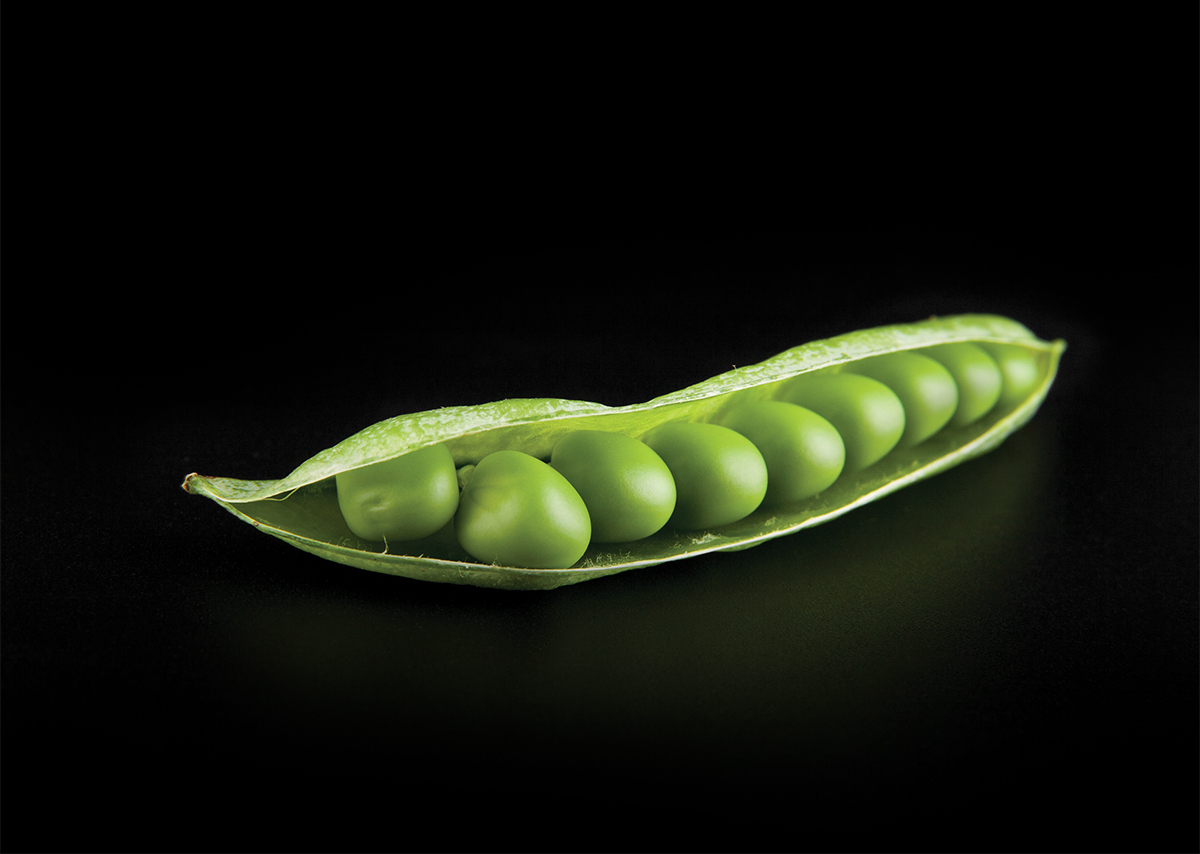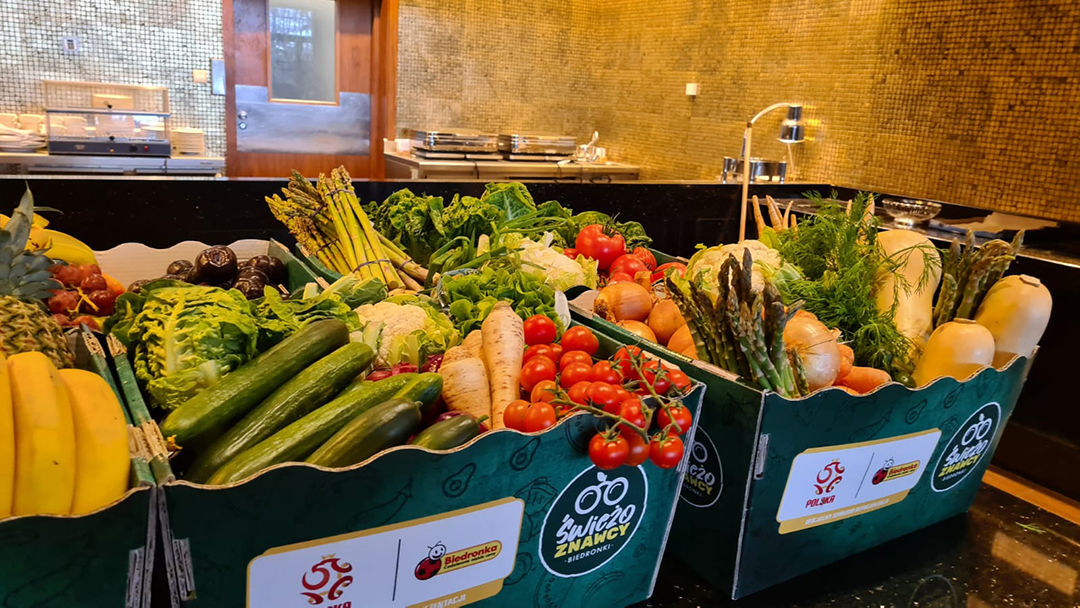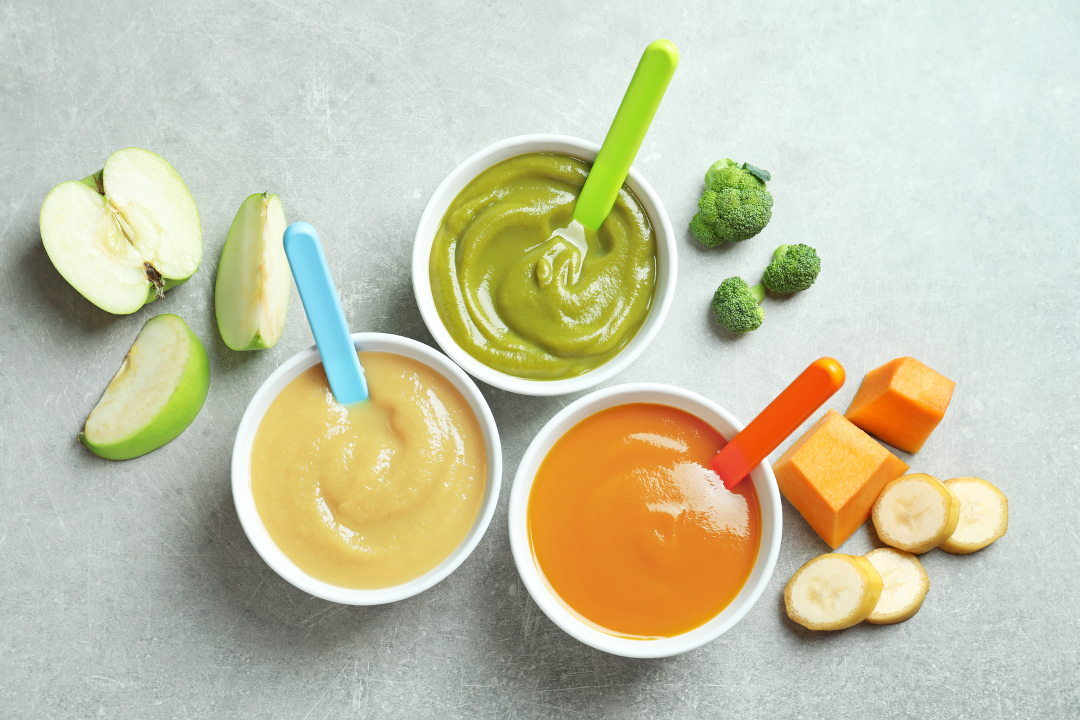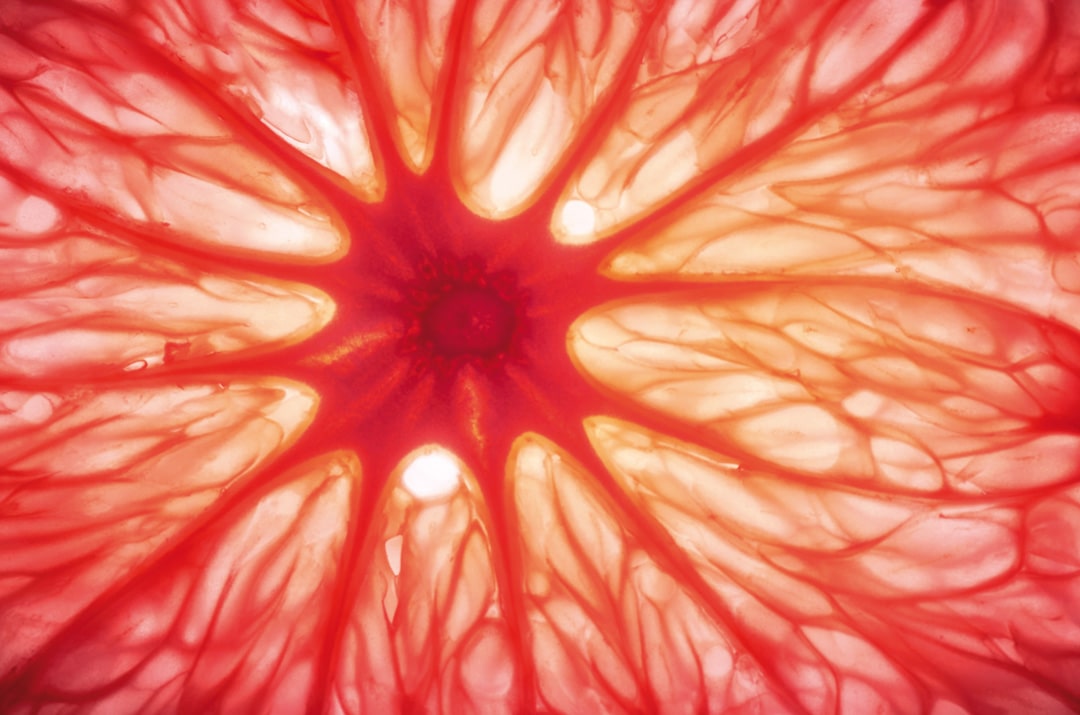
Food is energy: How it powers the human body?
Food is joy, a source of pleasure and an expression of creativity. Food is energy. It is also a symbol of cultural identity and heritage and a way of bringing people together. However, at its core, food serves a more fundamental purpose: providing sustenance and nourishment. Food contains nutrients, which are essential for the growth, repair and maintenance of body tissue and for regulating vital processes. Nutrients are categorised into six major groups: proteins, fats, carbohydrates, vitamins, minerals and water. Together, they offer the body the energy it requires to function, measured in calories. Most of them are spent just keeping the human machine running.
Humans obtain energy directly from three classes of fuel molecules: carbohydrates, lipids and proteins. The digestion of these nutrients in the alimentary tract and the subsequent absorption of their breakdown products enable cells to transform the potential chemical energy of food into useful work. Their major end products include glucose (from carbohydrates), fatty acids (from lipids) and amino acids (from proteins). Among these, glucose stands as the body’s primary source of energy. It is either used immediately or stored as glycogen in the liver and muscles for later use.
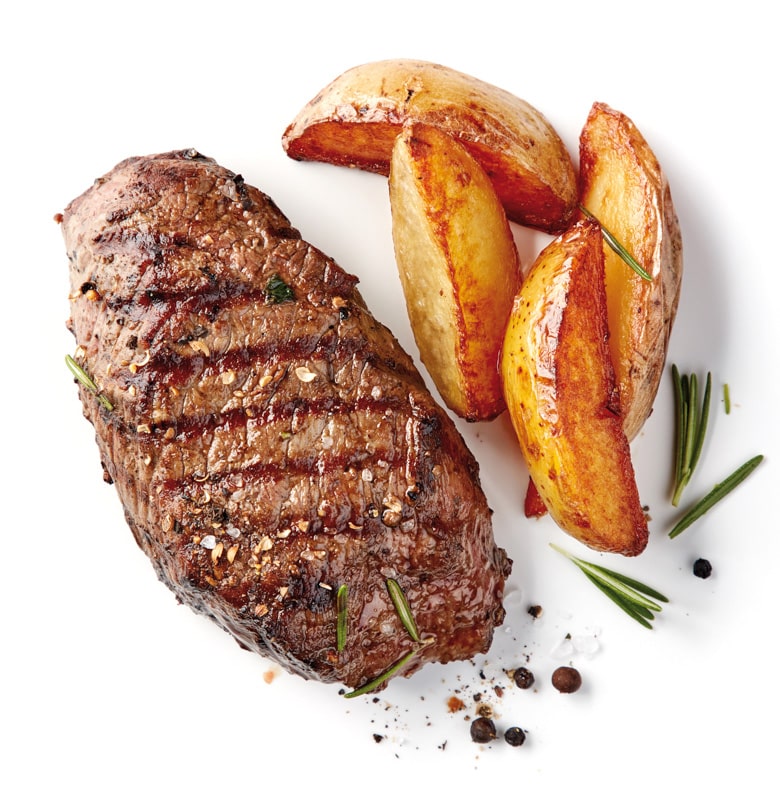
Carbohydrates
Source of energy, glucose is the main respiratory substrate.
Starch: potatoes, rice and wheat products, bread, cereals and pasta.
Sugars: fruit, smoothies, fizzy drinks, chocolate and sweets.
Proteins
Growth and repair
Meat, eggs, cheese, beans, nuts and seeds.
Lipids
Energy, make up part of cell membranes so essential for normal growth.
Butter and margarine, meat and processed meat, plant oils, oily fish, nuts and seeds.
Slow burn: food as fuel for life
If a potato is set on fire, the energy it releases can cause a glass of water to boil. Just as the energy from the burning potato boils the water, when someone eats a potato, it goes on to fuel the body. The process will not involve flames and heat, but rather a gradual breakdown of the potato into basic nutrient molecules. These will provide the body with the energy needed to perform various activities, from solving maths problems and running to lifting weights, and even relaxing on the sofa. This transformation of the potato into energy is achieved through a biological process known as cellular respiration, which is nothing more than slow combustion, similar to that of a candle. But, while this reaction is fast and out of control in fire, metabolism is more scrupulous: cells extract energy from their fuel with remarkable precision, directing it in a highly controlled manner toward the body’s specific needs. And almost nothing is wasted.

“Life is nothing but an electron looking for a place to rest.”
Albert Szent-Györgyi (1893-1986), Nobel Prize in Physiology or Medicine in 1937
Albert Szent-Györgyi (1893-1986), Nobel Prize in Physiology or Medicine in 1937, is often credited with saying that “life is nothing but an electron looking for a place to rest”. In this electron dance, the human body resembles an intricate assembly line in the power plant of cellular respiration. Glucose serves as the raw material, while the mitochondria are often called the powerhouse. Mitochondria are complex, bean-shaped organelles found in almost every cell of the body. After extracting and packaging energy from food, mitochondria release it in the form of Adenosine Triphosphate (ATP), the energy currency of the cell.

Breaking it down: how food turns into energy
Cellular respiration is the process by which food, in the form of glucose, is transformed into energy inside cells. Cellular respiration can be aerobic, which uses glucose and oxygen, or anaerobic, which uses only glucose.
I – Aerobic Respiration
Glucose molecules are broken down to create Adenosine Triphosphate (ATP) in the cytoplasm of the cell. The presence of oxygen allows the creation of massive amounts of ATP molecules. The process also creates water and carbon dioxide, which is a waste product.
II – Anaerobic Respiration
In the absence of oxygen, ATP is created through other chemical processes, but in smaller amounts. The lactate is a waste product.
Mitochondria are often called the “powerhouses” of the cell because they generate over 90% of the ATP produced in cells. They have their own DNA and may have evolved from independent microorganisms.
While the brain represents only about 2% of an individual’s total body weight, on average, it accounts for about 20% of the body’s total energy consumption
Antoine Lavoisier (1743-1794), often referred to as the Father of Modern Chemistry, proved that respiration represents a gradual type of combustion, similar to that of a candle. By proposing that oxygen burned the carbon found in food, Lavoisier demonstrated that exhaled air contains carbon dioxide, a product of the interaction between oxygen and organic molecules within the body.
When cells, particularly muscle cells, are deprived of an adequate supply of oxygen, fermentation occurs, leading to a burning sensation and fatigue during strenuous exercise. Other organisms, such as yeast and bacteria, use various forms of fermentation as an essential part of many industrial and food production processes: for example, yeast causes alcoholic fermentation in bread-making and beer production.
Max Rubner (1854-1932), a physiologist based in Berlin, measured the heat value of nutrients and calculated the energy content that specific quantities of nutrients produced once metabolised*. Rubner demonstrated that, for a resting animal, the heat produced was equal to the heat eliminated, thus confirming that the law of conservation of energy was applicable to living organisms as well.
How many calories are in each macronutrient?
4
calories/gram
Proteins
4
calories/gram
Carbohydrates
9
calories/gram
Lipids
